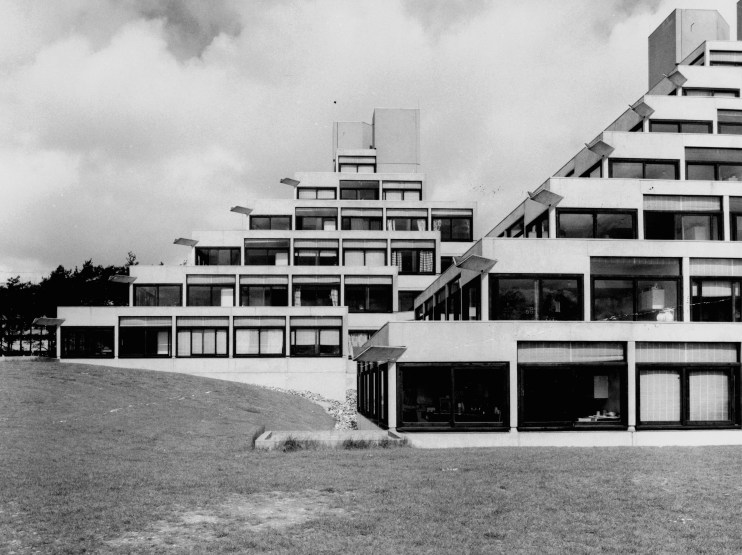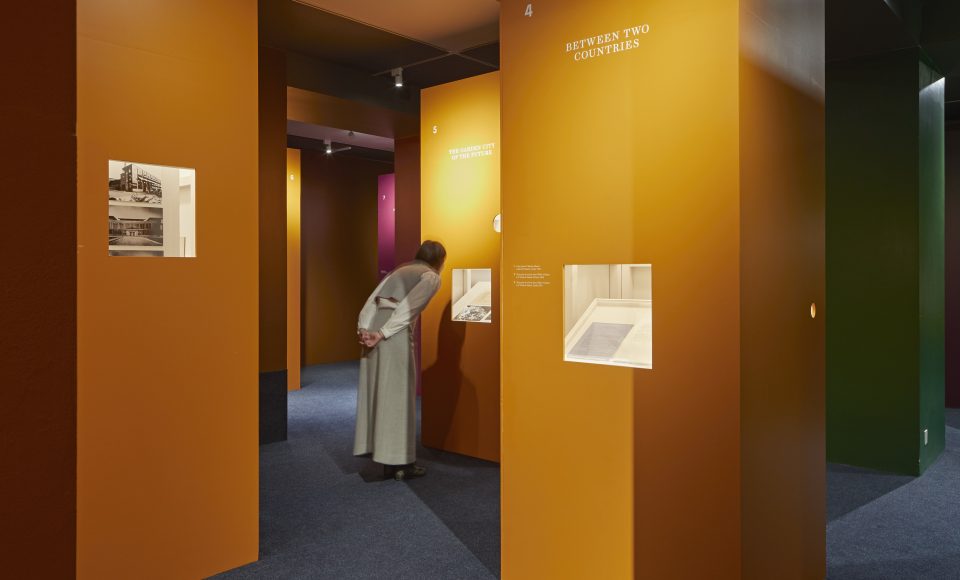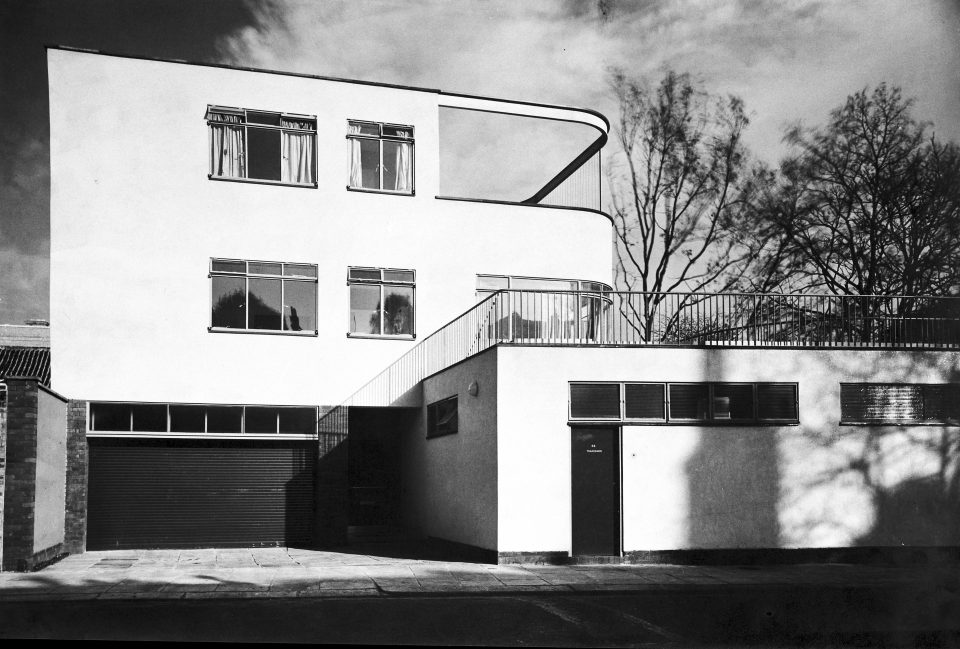New RIBA exhibition reveals Britain’s Bauhaus heyday

As schools of architecture go, the Bauhaus is surely one of the most famous. Founded in 1919 in Weimar, Germany and operational until political unrest forced it to close its doors in 1933, the school aligned itself closely with modernism and espoused a whole ideology based around unfussy, functional design with a social purpose.
A new exhibition at the Royal Institute of British Architects (RIBA) charts what happened next, when German architect and Bauhaus founder Walter Gropius and fellow pioneers László Moholy-Nagy and Marcel Breuer came to London and “the country became, for a brief moment, the centre of progressive contemporary architecture in Europe”.
Comprising plans, models and photographs of some of the best examples of the Bauhaus style, it is an ode to the mid-century ‘white boxes’ that we see everywhere, from private homes and housing estates to schools, universities and government buildings.

Some of the best examples in the exhibition include Wells Coates’ iconic Isokon flats in Hampstead, which were once home to Gropius himself; Denys Lasdun & Partners’ striking stepped building on the University of East Anglia campus in Norwich; and Breuer amd FRS Yorke’s imposing Sea Lane House in Angmering-on-Sea, Sussex.
Accompanied by the personal ephemera of the architects including letters, Christmas cards, magazine articles and even dinner menus, the display offers a fascinating insight into the progressive ideas and utopian inter-war world view that informed the design of these seemingly simple buildings.

Bauhaus was as much of an influence on art and design as it was architecture, and the exhibition is also a treat for anyone interested in mid-century interiors, including images of a showroom Breuer designed within a Heal’s store, and of the interiors of The Homewood, a prominent Cubist home built in 1938 in Esher, Surrey by the architect Patrick Gwynne.
It’s a testament to how well the Bauhaus aesthetic has dated: the Eames chairs, arched floor lamps and abstract wall art wouldn’t look out of place in any chic, modern apartment.
All in all, this walk-through of some of Britain’s most iconic mid-century buildings is well worth a visit.
Beyond Bauhaus: Modernism in Britain 1933-66 is at RIBA Architecture Gallery, 66 Portland Place, W1 until 1 Feb. Free entry